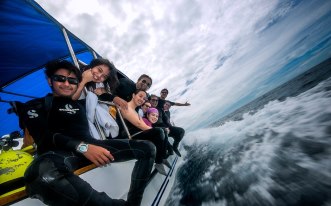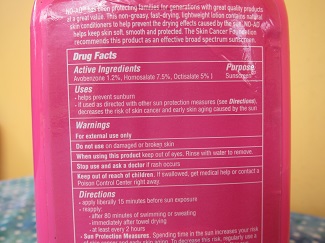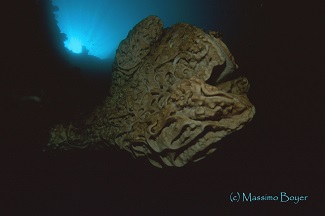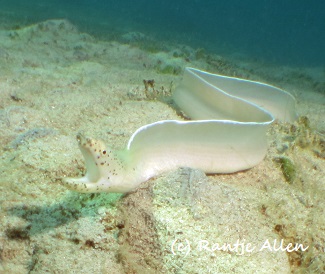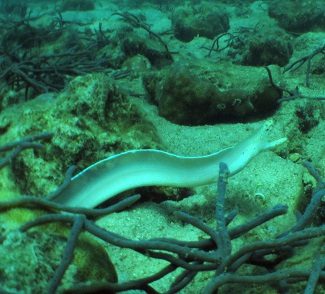Loading content - please wait...
Travelers Choice 2020 Award for Miguel’s Diving
Travelers Choice 2020 has been given to Miguel’s Diving Gorontalo. This prestigious award goes to the top 10% of worldwide travel businesses on TripAdvisor.
Travelers Choice 2020
On July 28, 2020, TripAdvisor announced the winners of its 18th annual Travelers Choice Awards. This recognizes the best travel-related businesses worldwide. In addition to dive centers, like Miguel’s Diving, hotels, restaurants, and airlines are included. The Travelers Choice Award replaces the Certificate of Excellence given in previous years. Miguel’s Diving has earned the earlier Certificate of Excellence for five years in a row. The 2020 award marks the sixth year achieving recognition via TripAdvisor.

Only 4 ,817 business worldwide achieved the Travelers Choice 2020 recognition. Over 8.7 million businesses have a listing on TripAdvisor. They consider millions of reviews left by the public. TripAdvisor evaluated reviews made prior to the COVID-19 pandemic. They analyzed reviews for quality and quantity to identify businesses with outstanding service.
Passion for Excellence
Lindsay Nelson is the chief experience and brand officer for TripAdvisor. In announcing Travelers Choice 2020
, Nelson said,“This has been a tough year for our industry. But the global desire to go and explore, whether the destination is an hour away or across the world, remains strong. We’re passionate about guiding travelers to the good out there, especially the good found within these recognized hotels, restaurants and airlines that rise to the occasion in offering the best of the best.”
Rantje Allen extends the deepest gratitude to our guests who have reviewed Miguel’s Diving Gorontalo on TripAdvisor. “Without the support of our diving guests, we would not achieve this prestigious award,” he added.
About TripAdvisor
As the world’s largest tourism site, TripAdvisor contains more than 860 million reviews. Prior to the pandemic, 463 million travelers accessed the website each month. Considered the ultimate travel review site, TripAdvisor is available in 28 languages and 49 markets. Content includes travel planning, price comparison, and guest comments & pictures.
For your chance to enjoy excellent service, please book your dive trip with Miguel’s Diving.








